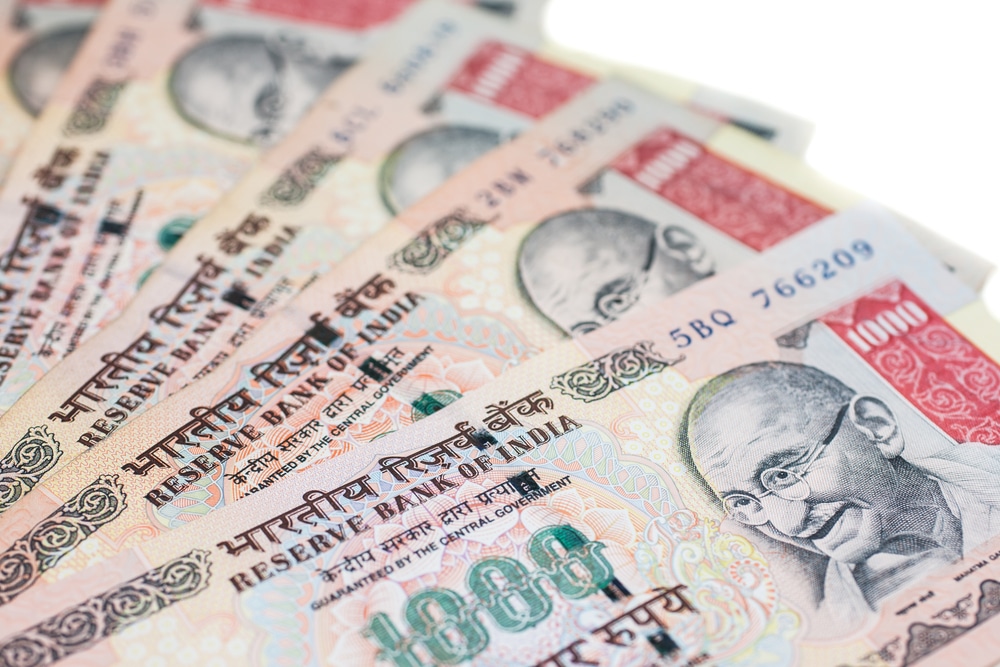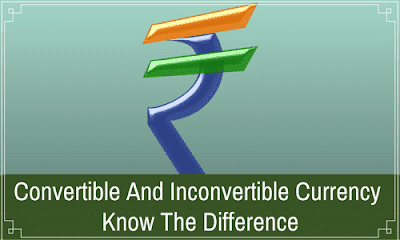
Global transactions can be finalized in a number of currencies. Some of the currencies accepted for such transactions include the US dollar and the euro. The Indian Rupee (INR) is not commonly used to finance international transactions, a deficiency whose days could be numbered.
A legal tender is convertible if it can be exchanged with ease for gold or any fiat. The conversion essentially signals the ease with which a country’s regulation accommodates money circulation into and out of the economy.
In the case of fiat that cannot be exchanged for others with ease, there are usually stringent constraints put in place, often referred to as protection measures. In this case, such options are extremely difficult to change into other fiats, let alone commodities.
A legal tender that can be easily exchanged without constraints placed by monetary authorities opens up new trade opportunities. For starters, it allows a nation to pay for goods and services using its own coinage without contending with unnecessary conversions.
Indian rupee
The INR became partially convertible in the 1990s following a series of monetary policies. Since then, it’s been linked to major currencies but still lags behind when it comes to how easily people can use it to make payments on the global scene.
Prior to becoming partially exchangeable, anyone who needed to transact in foreign currency had to seek permission from the Indian central bank (RBA). Whether one wanted to import goods, let alone get cash from abroad, had first to seek approval. Additionally, everything took place at predetermined rates finalized by the RBI.
Fast forward, things have changed, and people can carry out transactions at the back of minimal restraints. However, given that the INR is partially convertible, some regulatory approvals are needed for anyone looking to move a given amount of money abroad or receive.
The precincts cover foreign investments into certain sectors. Additionally, they also cover the amount of coinage that one can spend on purchasing assets overseas. To lift the precincts on special occasions, one needs approvals from the central bank.
The capital limitation is part of a monetary policy that seeks to ensure the INR fluctuates within a specific limit depending on the prevailing economic situation. In this case, it is not a free-floating fiat whose rate ought to be at the mercy of factors beyond government control.
Whenever conditions beyond control cause the INR to fluctuate significantly, the RBI is known to swing into action. Some of the actions implemented to bring some form of stability include purchasing and selling some dollars.
In contrast, convertible currency rates are purely influenced by market forces. What this means is that there is no government intervention on how the fiat is traded with others.
For India’s native currency to be considered convertible, the RBI will have to leave the rate to be determined by other factors without any regulatory intervention in case of extreme volatility. In addition, the authority would have to lift all the limitations pertaining to capital circulation.
Current vs. capital fiats
A legal tender can only be current if it is exchanged for others using prevailing tariffs that are not controlled by a central authority. The current status makes it easy to carry out trades for any amount without any restrictions.

Consequently, the export and import of goods and services can be carried out without any limits, given that all transactions are carried at prevailing rates. This is made possible because people can get other currencies traded at designated financial dealers such as banks.
A currency is considered capital account exchangeable if there’s the freedom to interchange local assets into foreign assets and vice versa without any precincts. Easy and unrestricted cash flow is what is missing to make the INR fully convertible.
While one can still move cash out of India or receive some investments from abroad, there are ceilings imposed on the amount of money one can move, let alone receive.
Benefits
For the Indian economy to mature and play in the same league as the likes of the US and Britain, it needs to let its legal tender be a factor of market forces. By removing regulatory constraints, the economy should attract foreign investors, thus attracting more capital.
The opening up of the market would trigger increased participation from local players, which essentially leads to new businesses and strategic partnerships. The net effect is the creation of new employment opportunities.
Local businesses will also benefit from easy access to foreign money without curbs. In this case, they will not be limited to local loans that might come at higher interest rates. Instead, they can take up affordable loans from abroad.
Drawbacks
The lack of regulatory control would leave the INR susceptible to extreme levels of volatility that could result in deflation or inflation, consequently causing some monetary shocks.
While a convertible INR can make it easy for businesses to raise money abroad, it leaves them susceptible to high repayments on interchange rates becoming unfavorable.
An unregulated rupee could also pose significant pressures on the economy on tariffs fluctuating significantly. It is for this reason that such nations strive to ensure the interchange rates fluctuate within permissible limits.
Bottom line
A convertible currency can be traded with ease for other legal tenders or gold. The Indian Rupee is partial, a stance that has worked for years helping fuel an economy highly reliant on exports. However, the need to unlock more benefits has been the trigger behind talk to open up the currency and make it convertible.








Leave a Reply